In the late 1980s, psychologists at the University of Illinois recruited 92 undergrads to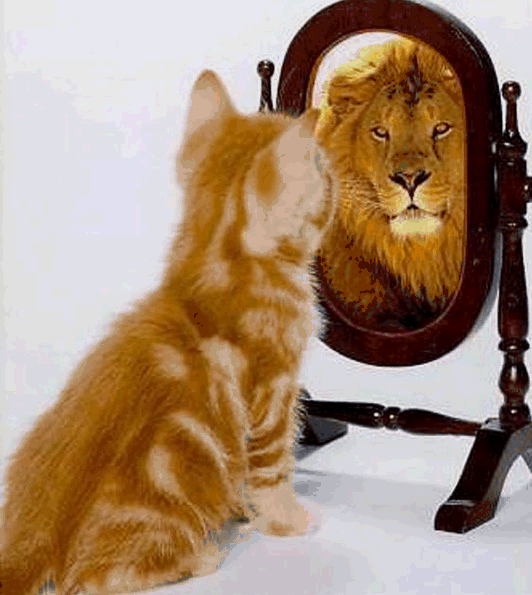 take part in an experiment rating cartoons. The students were divided into two groups; Group A rated cartoons while holding felt tipped markers in their mouths, while Group B simply rated them by hand. Those clever researchers were simply forcing the students in Group A to smile. As it turned out, the cartoons were funnier to students forced into felt-tip smiles in Group A. Based on these results, researchers came to realize the “Facial Feedback Hypothesis,” which states our facial muscles send signals to our brains telling us we’re happy.
take part in an experiment rating cartoons. The students were divided into two groups; Group A rated cartoons while holding felt tipped markers in their mouths, while Group B simply rated them by hand. Those clever researchers were simply forcing the students in Group A to smile. As it turned out, the cartoons were funnier to students forced into felt-tip smiles in Group A. Based on these results, researchers came to realize the “Facial Feedback Hypothesis,” which states our facial muscles send signals to our brains telling us we’re happy.
To act as if you don’t have negative beliefs or, even better, as if instead you have positive equivalents; in other words, “fake it, until you make it.” Since the subconscious mind is not rational in nature and hence doesn’t judge, it can’t tell the difference between when you pretend and when you act on a “real” belief. Try it right now. Think of something you’ve achieved in life you didn’t think you would; whether it’s something most would consider simple, like finishing college or winning a sales award. Now, what if I were to tell you that you couldn’t do it (even though you already have), you wouldn’t believe me, right? Therefore, if you put your current self-limiting belief under the same spotlight, you can simply flip it into a positive challenge because you control what it is. You are only limited by your own thoughts.
Brian Tracy describes a technique in his book “Kiss that Frog,” which is mental programming through visualization; you will become what you see. There are four keys to this visualization:
1) Vividness – You must make your goals clear and decide how rapidly you want those behaviors to appear in your life; in other words make a clear mental picture of who you want to be today, what you want to become in the future, and the goals you see yourself achieving.
2) Intensity – The more positive emotion you can attach to the visualization, the greater impact it has on your thought, feelings, and actions.
3) Duration – The longer you can hold your vivid emotional picture in your mind, the more likely the visualization will become a reality.
4) Frequency – The more often you can hold your visualization of your ideal goal, the life you want, and behavior, the faster you will program this desire into your subconscious.
This is not about tricking your mind, but about knowing how the mind works. We are all just “acting out” our lives based on a script stored in our subconscious that we did not consciously choose in the first place. Persistently acting “as if” changes the script over time, and when the script changes for the better, so does the movie.








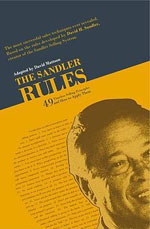

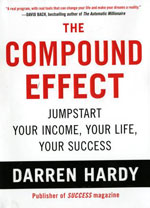

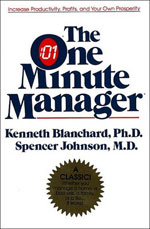


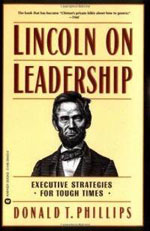
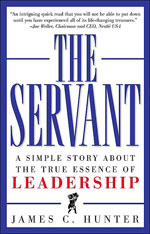
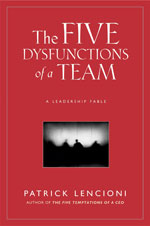
Pingback: Look in the Mirror—and Cheer!